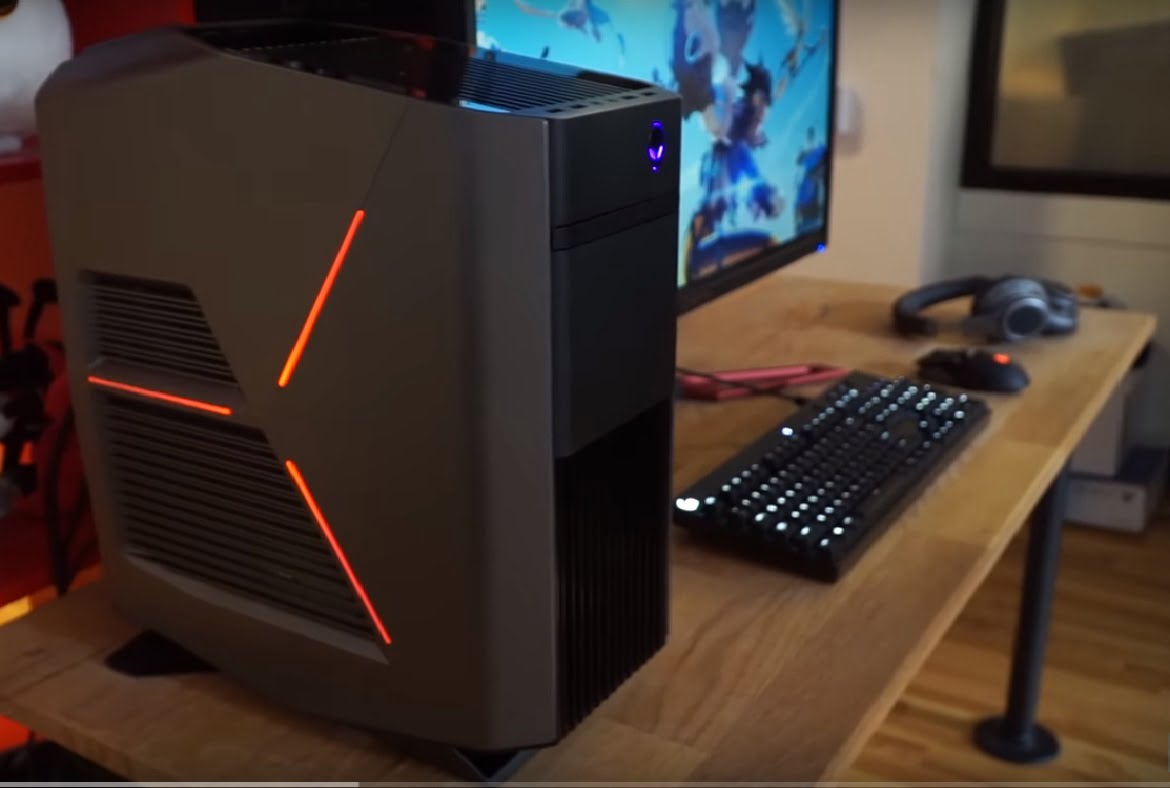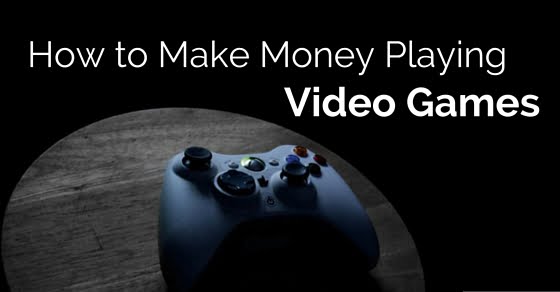
 The PC gaming hardware market is exploding, hitting a record high in 2016 with a surge past the $30 billion mark for the first time ever.
The PC gaming hardware market is exploding, hitting a record high in 2016 with a surge past the $30 billion mark for the first time ever.
PC Gaming Hardware Market Surges Over $30 Billion
According to Hot Hardware, a report coming from Jon Peddie Research (JPR) shows that PC gaming hardware sales have topped out at $30.6 billion in 2016. Through the end of the decade, the compound annual growth rate (CAGR) is expected to top 6 percent.
According to PC Gamer, over the past several years market research firms and analysts have said on numerous occasions that the PC market is in trouble. As consumers avoid upgrading for various reasons, sales and shipments are down. However, a totally different situation is seen on the PC gaming hardware market, which is booming.
Previously, the forecasts expected that the sales of PC gaming hardware will be crossing the $30 billion threshold only in 2018. Now, it appears that this segment of the PC market is growing faster than expected.
In the face of less optimistic PC market research reports, it also seems that PCs are alive and well. PC gaming hardware drives innovation among the makers of GPUs and CPUs. Companies such as Nvidia, AMD, and Intel are more motivated than ever to continue pushing for technological advances, with PC gaming hardware reaching new heights.
The Reasons For PC Gaming Hardware Market Performance
The sooner-than-expected surge to $30 billion has multiple reasons. Ted Pollak, the senior game industry analyst for JPR, said that global consumers continue to use the PC platform for gaming. When using HD and UHD monitors, the display distance offers increasing detail. This advantage makes the desktop ergonomic popular.
The PC platform also offers superior control with mouse and keyboard control interfaces. This preference of gamer’s for the desktop platform has been validated with eSports overwhelmingly being played on PCs.
JPR breaks down the PC gaming hardware into three categories, each sector being pretty big on its own. These three categories are the entry-level, mid-range, and high-end. According to reports, at over $13 billion, the high-end category pulled in the most money, accounting for 43 percent of all PC gaming hardware dollars. The mid-range category added 35 percent of total spending or $10.6 billion, while the entry-level contributed 22 percent or around $6.7 billion.
Jon Peddie, president of JPR, said that gamer’s with lower budgets are enthusiasts in the purest sense of the word, as they are just as passionate about gaming as those with more resources. Companies such as AMD and Nvidia are not ignoring these customers, offering powerful graphics processing like the GTX 1050 for around $120.
Since not everyone has the budget to spend on a $600 GeForce GTX 1080 or a $799 Radeon Pro Duo, both AMD and Nvidia launched entry-level graphics cards like the GeForce GTX 1050 and Radeon RX 460. This low-end graphics cards, as well as products that cover the mid-range, can be appealing to gamers at every budget level.AMD’s Ryzen CPUs that will launch to retail in March has also good prospects, while integrated graphics on Intel’s latest CPUs rival how the performance of game consoles. In recent years, integrated graphics have come a long way.
[Source:-IT]





